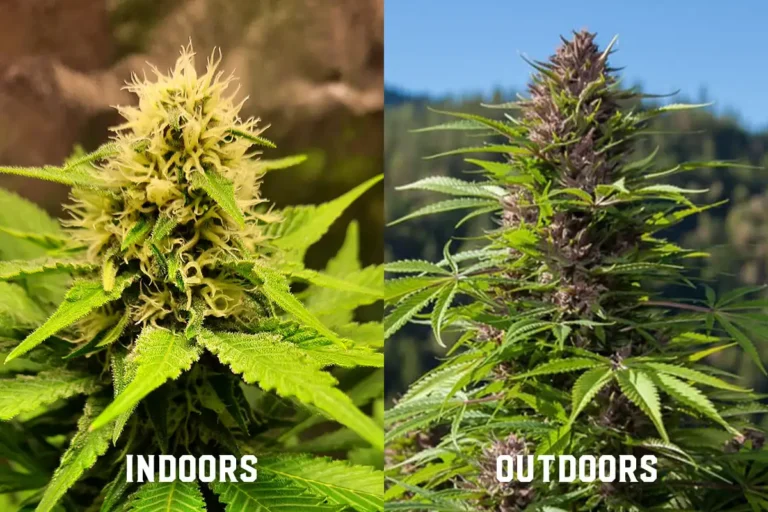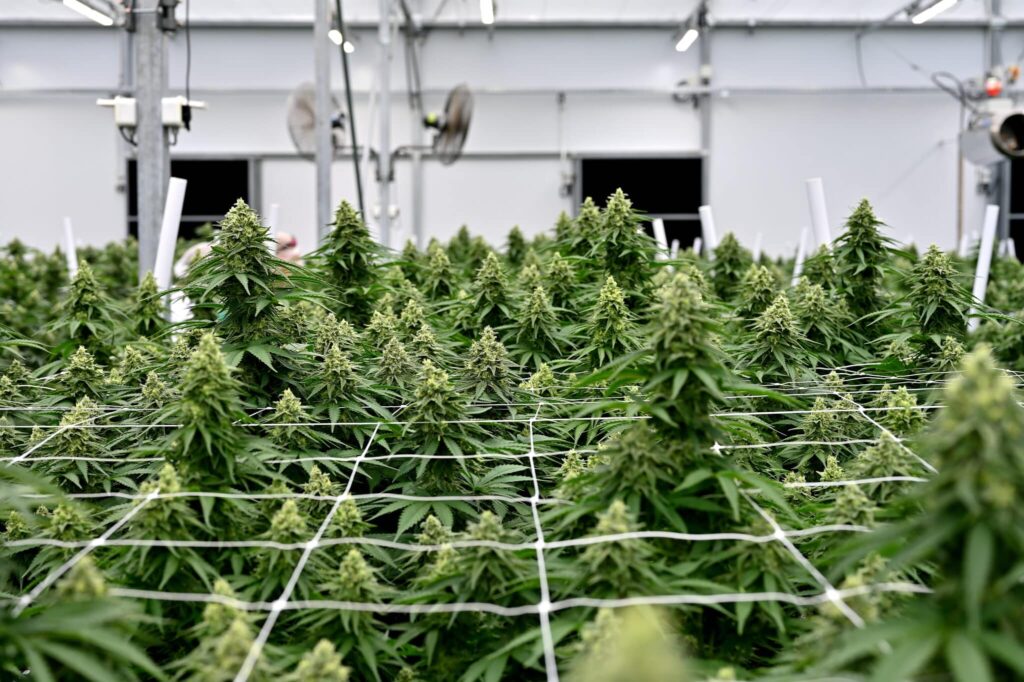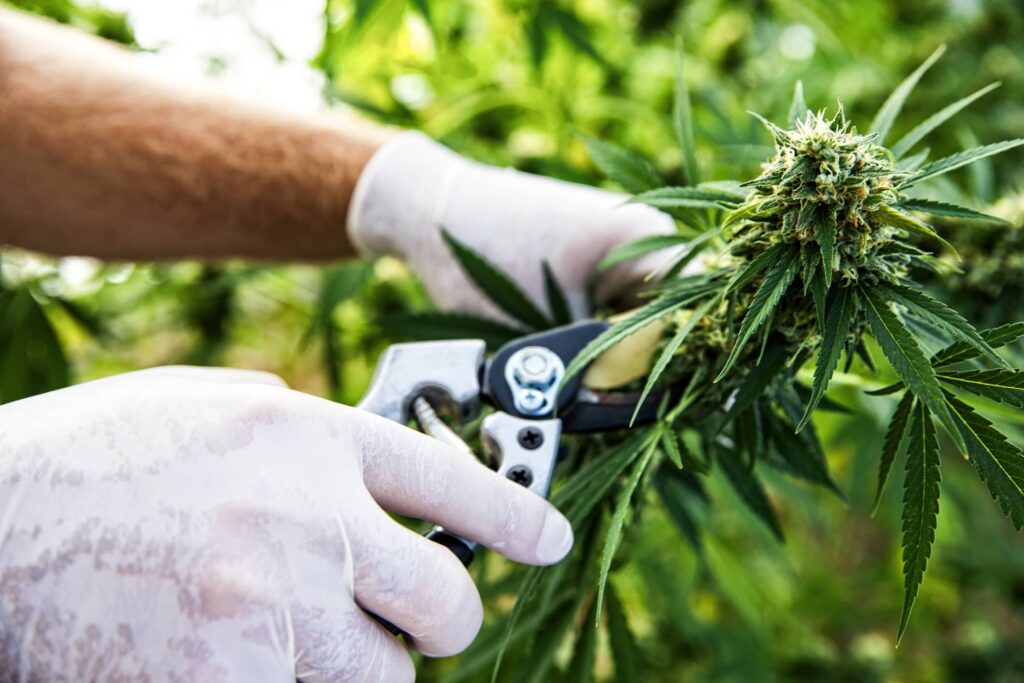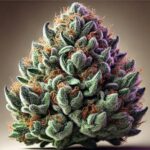Growing marijuana at home has never been more accessible, rewarding, or supported by quality resources and technology than it is in 2025. This comprehensive guide covers everything from legal considerations to harvest, offering a detailed, factual, and actionable roadmap for new and experienced growers alike.
Legal Considerations and Compliance
Before planting a single seed, research local and state laws regarding cannabis cultivation. Legal provisions can dictate plant limits (usually 3-12 per adult), storage rules for harvested cannabis, visibility requirements (plants must often remain out of public view), and age restrictions (typically 21+ for recreational growing). Medical marijuana patients may have different allowances than recreational users. If renting, written permission from the property owner may be required.
Best Practices:
- Maintain legal documentation and receipts for purchases
- Carefully monitor plant numbers and harvest amounts
- Document medical recommendations if relevant
- Stay up-to-date with evolving cannabis regulations
Choosing a Grow Space: Indoor vs. Outdoor

Indoor Growing
Indoor cultivation rewards growers with complete environmental control. Popular choices include grow tents, spare bedrooms, basements, closets, and garages. Grow tents, specifically, maximize privacy, enable year-round growing, and enhance odor and climate control.
Key Features for Indoor Sites:
- Height: 4–6 feet minimum (more with extensions)
- Area: As little as 2×2 feet for 1-2 plants
- Power: Sufficient outlets for lights and fans
- Ventilation: Air exchange and odor management
Outdoor Growing
Growing outdoors can dramatically reduce equipment and power costs, relying on natural sunlight and weather patterns. This method can yield larger plants and is more eco-friendly, but exposes crops to theft, pests, pollination, and unpredictable weather. Security and privacy are more difficult, though some growers use greenhouses or camouflaged planters.
Outdoor Considerations:
- Sunlight: At least 8 hours of direct exposure per day
- Security: Protection from people and animals
- Weather: Plan for temperature swings and moisture control
Essential Equipment Checklist
Growing Environment:
- Grow tent or greenhouse
- Powerful, efficient grow lights (LEDs strongly recommended for indoors)
- Ventilation (exhaust fans, carbon filters)
- Temperature and humidity meters
Plant Care:
- Growing medium (soil, coco coir, or hydroponic system)
- Nutrient solutions for veg and flower stages
- pH testing kit for water and medium
- Fabric or plastic pots
- Training supplies (plant ties, nets)
Harvest & Processing:
- Sharp, sterile trimming scissors
- Drying racks and airtight jars for curing

Cannabis Grow Cycle: Timeline Overview
| Stage | Duration |
|---|---|
| Seed selection | 2–4 weeks prep |
| Germination | 3–7 days |
| Seedling stage | 2–3 weeks |
| Vegetative growth | 4–8 weeks |
| Flowering | 8–12 weeks |
| Harvest & cure | 4–8 weeks |
Total time from seed to cured bud: 4–6 months (some autoflowers finish in 10–14 weeks).
Step-by-Step Growing Instructions
1. Selecting Seeds and Strains
- Autoflowering strains: Fastest, least light-dependent; ideal for beginners and outdoor summer crops.
- Feminized seeds: Eliminates male plants for consistent bud production.
- Indoor-adapted strains: Shorter, bushier, resistant to environmental stress.
- Personal preference: Consider desired effects (sativa vs. indica), flavor, and medical needs.
2. Germination
Common, reliable germination methods:
- Paper towel: Place seeds in damp towels for 24–48 hours until taproot emerges.
- Direct soil: Plant about 0.5–1 inch deep in pre-moistened medium.
- Water glass: Soak seeds ~24 hours until root tip pops out.
Conditions: 70–75°F, 65–70% humidity, darkness or low light; keep medium moist but not soaked.
3. Seedling Stage (Weeks 1–3)
- Lighting: 18 hours on, 6 hours off recommended; LEDs or gentle fluorescents for seedlings.
- Watering: Mist surface when needed; avoid soggy soil.
- Temperature/Humidity: Maintain 70–75°F and >65% humidity; seedlings dislike drafts or cold rooms.
Monitor for leaf yellowing (overwatering/root issues) or long, flimsy stems (insufficient light).
4. Vegetative Stage (4–8 weeks typical)
- Lighting: 18–24 hours daily; plant grows slowly under less.
- Nutrients: High nitrogen, moderate phosphorus/potassium. Fertilizer should be marked “veg” or “grow.”
- Training: Apply gentle techniques—LST (bending, tying), topping, SCROG (screen of green) nets for bushier plants and more bud sites.
- Environment: Gradually increase light intensity; keep humidity at 50–70% and temperature 70–85°F.
Inspect frequently for pests, nutrient deficiencies (yellow or spotted leaves), and root health. Trim excess leaves to improve airflow and light penetration.
5. Flowering Stage (8–12 weeks)
- Light Cycle: 12 hours ON / 12 hours OFF (strict darkness is critical). Interruptions may trigger stress, slow growth, or turn female plants hermaphrodite.
- Nutrients: Transition to a “bloom” formula—higher phosphorus and potassium, lower nitrogen.
- Humidity: Lower to 40–50% to prevent mold.
- Training: Gently support heavy buds, prune lower growth (“lollipopping”) to direct energy to top colas.
Signs of Flowering Progress:
- Stretch Phase (Weeks 1–3): Rapid upward growth
- Bud Development (Weeks 4–6): Flowers swell, strong aroma
- Maturation (Weeks 7–9+): Pistils darken, trichomes cloud over, resin production peaks
Harvest when most trichomes are cloudy and pistils are ~60–70% darkened for maximum potency.

Harvest, Drying, and Curing
Harvest Timing: Use a jeweler’s loupe or microscope to inspect trichomes (tiny resin glands). Cloudy or milky indicates peak THC; amber signals more sedative, “couchlock” effects.
Drying:
- Trim fan leaves before or after cutting down stems
- Hang branches or place buds on drying racks
- Keep room 60–70°F and 45–55% humidity, with gentle airflow (no direct fans)
- Dry for 7–14 days until small stems snap, not bend
Curing:
- Place trimmed, dry buds in airtight glass jars
- Open daily for 15–30 min (first week) to exchange air and remove moisture
- Store in cool, dark place for 2+ weeks—improves potency, aroma, and smoothness
Maximizing Yields and Quality
- Quality Genetics: Start with well-bred, stable seed—cheap or “bag seed” can result in poor plants.
- Optimize Lighting: Use the strongest quality LED that matches tent size (e.g., Spider Farmer, HLG, Mars Hydro); keep proper distance above canopy.
- Prudent Pruning: Remove lower growth (“lollipopping”) so plant energy focuses on top buds.
- Plant Training: Use LST, SCROG, topping for flat, wide canopies and even bud development.
- Environmental Control: Keep temp and humidity stable; use fans, dehumidifiers, and intake/exhaust fans as needed.
Common Grower Mistakes (& How to Avoid Them)
- Inconsistent Light Schedules: Especially during flowering—can ruin yield and potency.
- Overwatering/Underwatering: Ensure roots have oxygen and aren’t drowned; use the “lift pot” method to judge dryness.
- Nutrient Burn: Start new feeds at half strength; watch for burnt leaf tips.
- Poor pH Management: Use a pH meter/test strips and keep water/medium in proper range for soil (6.0–7.0) or hydro/coco (5.5–6.5).
- Ignoring Pests/Problems: Check leaves/undersides daily for bugs or mold and act quickly.
Discretion, Security, and Odor Control
- Secure grow area against unauthorized access and consider the implications for renters’ insurance
- Use carbon filters or ozone generators for powerful odor mitigation
- Don’t post about your grow activities online; protect your digital footprint about cultivation
Frequently Asked Questions
How many plants can I legally grow? Varies by location (typically 3–12 per adult in legal states); always check local law.
How long does it take from seed to harvest? Typically 4–6 months; autoflowers may finish in 10–14 weeks.
What is the cost to set up a home grow? $500–800 for a basic kit, up to $2,000+ for premium setups; recurring costs for electricity, water, and nutrients.
Can I grow if I rent my home? Depends on your lease and local law; get landlord approval and document permission.
Conclusion
Growing marijuana at home is both science and art—a rewarding pursuit that blends careful planning with daily practice and observation. Choose quality genetics, optimize the grow environment, and maintain attention to detail through each stage, and home cultivation will yield potent, fragrant, dispensary-grade bud. The process endows self-reliance, knowledge, and the satisfaction of cultivating a complex, remarkable plant from seed to smoke.
This guide incorporates the latest information for 2025 and is suitable for those just starting and returning growers eager for consistent, high-quality results.
Happy growing!




